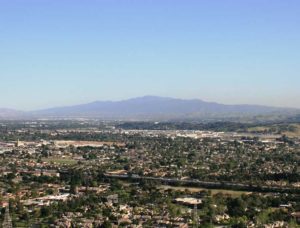Project Highlights:
- Evaluation of fate and transport of perchlorate and radioactive cesium-137 (Cs-137) in soil and groundwater
- Historical aerial photograph analysis
- Soil and groundwater sampling
- Field screening and laboratory analysis of soil and groundwater for radioactivity
EEC Environmental (EEC) was retained to provide litigation support and to conduct a technical investigation to assess potential soil and groundwater impacts potentially related to historic activities at an industrial facility in southern Oklahoma. The reported contaminants were perchlorate and Cs-137. EEC conducted groundwater sampling at 12 domestic water supply wells to determine if perchlorate is present in local groundwater outside the area likely impacted by releases from the industrial facility and if perchlorate was present, to establish the local background concentrations for the area. Using the data set, EEC performed a statistical evaluation to determine the background level of perchlorate in groundwater.
In addition, EEC performed an analysis of historical aerial photographs and topographic maps to determine the land use history and the natural drainage and runoff patterns from the facility. The analysis aided in the determination of soil sample locations from drainage channels, stream beds, and/or ponds that, based upon the historical aerial photographs and topographic maps identified a transport pathway from the source area on the industrial facilities property. EEC then collected soil samples for analysis of perchlorate and Cs-137, at each location identified. EEC also performed a field screening using a Geiger counter for radioactivity, at each location to establish a background count for radioactivity for the area. Data collected during the investigation determined that residential wells had been impacted by perchlorate above acceptable health limits.



